Liquid chromatography
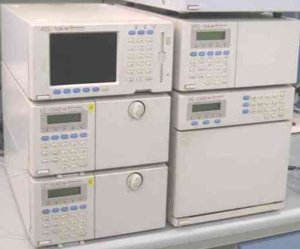
Different variants of liquid chromatography are most widely used research techniques applied in the Department. Macromolecules (proteins, peptides, amino acids as well as vitamin derivatives) are separated by reversed phase chromatography, gel filtration, ion exchange and hydrophobic interactions chromatography, at low-, medium- (FPLC) and high-pressure (HPLC) variants. The Department possess several low-pressure Pharmacia and BioRad systems (one apparatus works in cool room), one FPLC set (Pharmacia) and five HPLC systems (Dionex, Shimadzu, Knauer and Waters), equipped with spectrophotometric and fluorimetric detectors
Sequencing of proteins and peptides
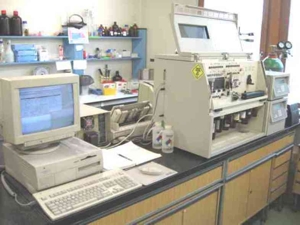
The Department of Analytical Biochemistry is equipped with an unique in Poland automatic protein sequencer Procise 491 (Applied Biosystems). The apparatus performs Edman degradation of polypeptide chains and the sequentially detached PTH derivatives of amino acids are identified by on-line HPLC chromatography set. The sequencer is exceptionally intensively exploited for a variety of studies concerning characterization of proteins and bioactive peptides (such as antibacterial and hemolytic peptides and bacteriocins). The harvest of publications that emerged using results obtained from our sequencer counts several tens and rapidly grows.
Electrophoretic techniques
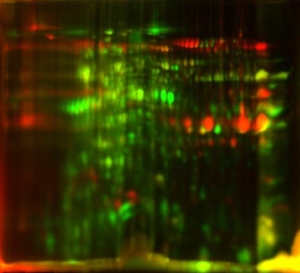
Electrophoresis is a second most useful research technique in our Department. Proteins and peptides are analyzed using one- and two-dimension polyacrylamide gels (1D and 2D), both in mini and big formats. For example, the comparative 2D electrophoresis is applied in studies concerning changes in intracellular and secretory proteomes of microorganisms, treated with different environmental factors. Selected proteins and peptides are then identified using mass spectrometry or Edman degradation. Particularly, such studies allow on identification of important virulence factors of differend Staphylococcal strains.
Molecular biology
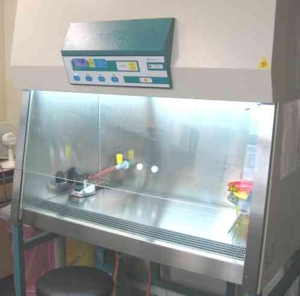
In our Depatrment are applied such molecular biology techniques as: nucleic acid amplification, molecular cloning, qualitative and quantitative determination of gene expression, construction of plasmid vectors, gene manipulations (introduction and knock-out). Additionally, we produce recombinant proteins in prokaryotic (Escherichia coli, Bacillus subtilis, Staphylococcus sp.) and eukaryotic (Pichia pastoris) hosts. These techniques are applied in research of the molecular basis of staphylococcal virulence, including biochemical and structural analysis of the proteins involved in the virulence. Moreover, the techniques are used in the construction of systems for efficient production of recombinant proteins.
Mass spectrometry
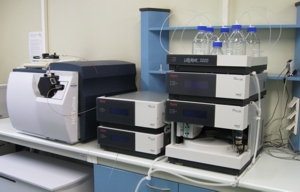
The Department is equipped with HCT Ultra (Bruker) mass spectrometer with ESI ion source and ion trap analyzer. The apparatus allows on qualitative analysis of a variety of biologically active compounds by precise measurements of their masses - directly or after enzymatic fragmentation. In our laboratories the spectrometer is applied for proteomic studies and for identification and characterization of biologically active petides (such as bacteriocins, antibacterial peptide fragments of hemoglobin or kinin-like peptides generated by yeasts peptidases).
Dynamic light scattering
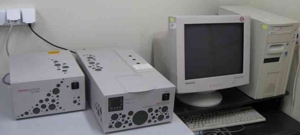
The Department is equipped with the dynamic light scattering (DLS) spectrophotometer (model DynaPro, Protein Solutions). This equipment allow for direct estimation of the hydrodynamic radius of molecules in solutions. Such parameter allows to calculate the molecular mass of the molecule, to determine homogeneity of the analyzed compounds as well as to trace changes in the size of molecules during aggregation or ligand binding.

